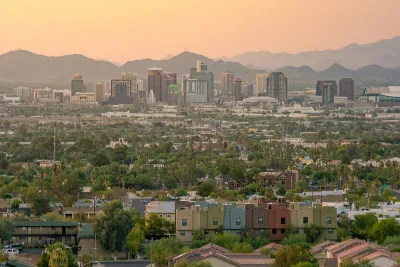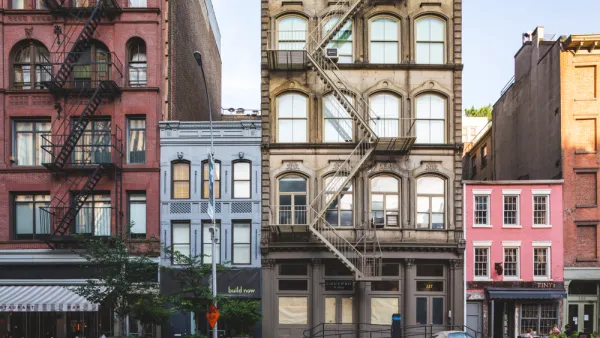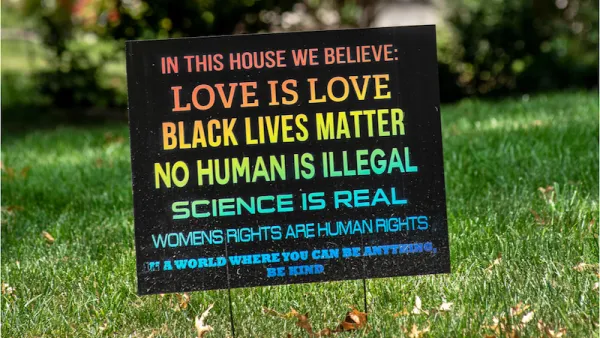A critical question arises in response to an affordable housing project proposed in Phoenix: When measuring a project's affordability, does the larger county's median income matter when some neighborhoods are struggling well beyond that measure?

"A developer plans to build 161 mixed-income apartments and 64 townhomes in south Phoenix where residents can work toward ownership, but critics say say [sic] the homes aren't affordable enough," reports Megan Taros.
Here's how the affordability of the proposed development breaks down in context of Phoenix's economic conditions:
The project, by Chicanos por la Causa, has promised that 10 of the units will go to residents earning 30% to 60% of Maricopa County's median income of $77,800 for a single family.
Eligible renters are capped at 60% of this area median income, making it 100% affordable according to U.S. Department of Housing and Urban Development standards.
But many residents in the neighborhood make far less than the project's asking prices. The average median income for residents in the 85040 ZIP code, where the project is proposed, is less than $39,000 a year, according to American Community Survey data cited in the article.
With light rail expected to arrive in the neighborhood by 2024, local activists are predicting that the project is a sign of gentrification to come. "SoPho Convening, a community organization dedicated to equitable economic development, and residents asked the Phoenix City Council in July to delay approval to allow Chicanos por la Causa to work with stakeholders in the project," according to Taros.
The project has achieved mixed success during the planning approvals process. The South Mountain Village Planning Committee voted to reject the project, but the Phoenix Planning Commission voted to approve.
FULL STORY: Affordable housing coming to south Phoenix, but residents say it’s not affordable enough

National Parks Layoffs Will Cause Communities to Lose Billions
Thousands of essential park workers were laid off this week, just before the busy spring break season.

Retro-silient?: America’s First “Eco-burb,” The Woodlands Turns 50
A master-planned community north of Houston offers lessons on green infrastructure and resilient design, but falls short of its founder’s lofty affordability and walkability goals.

Delivering for America Plan Will Downgrade Mail Service in at Least 49.5 Percent of Zip Codes
Republican and Democrat lawmakers criticize the plan for its disproportionate negative impact on rural communities.

Test News Post 1
This is a summary

Test News Headline 46
Test for the image on the front page.

Balancing Bombs and Butterflies: How the National Guard Protects a Rare Species
The National Guard at Fort Indiantown Gap uses GIS technology and land management strategies to balance military training with conservation efforts, ensuring the survival of the rare eastern regal fritillary butterfly.
Urban Design for Planners 1: Software Tools
This six-course series explores essential urban design concepts using open source software and equips planners with the tools they need to participate fully in the urban design process.
Planning for Universal Design
Learn the tools for implementing Universal Design in planning regulations.
EMC Planning Group, Inc.
Planetizen
Planetizen
Mpact (formerly Rail~Volution)
Great Falls Development Authority, Inc.
HUDs Office of Policy Development and Research
NYU Wagner Graduate School of Public Service





























